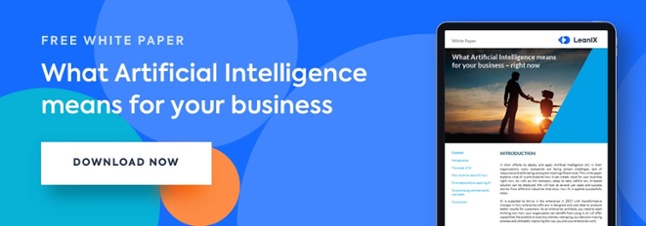
IoT technologies are currently taking the world by storm. More and more objects have some sort of network connection, and the trend isn’t slowing down. According to a study by General Electric, IoT will be adding $10-15 trillion USD to the global GDP. As the FDA approves the first digital pill that tracks when you have taken it, connected devices have firmly become a fixture in our lives.
Each connected device will become a new selling or data mining opportunity. Organizations looking to capitalize on the proposed $10-15 trillion USD that IoT will bring should plan their entry into the market now.
Big Data and IoT
Gartner’s forecast of 8.4 billion connected things by the end of 2017 means that there is an impending explosion of data on the outset. How will your company utilize and capitalize on this data? As customers become enthralled with the possibilities of smart wearables, home devices, and transportation add-ons, organizations see ripe opportunity to capitalize upon the new service focused devices.
Enterprise Architecture can help IT and business uncover numerous opportunities to create and sell services on top of their products.
With a firm understanding of business services and processes in depth, EA leaders along with technology leaders should begin the ideation process to come up with inventive ways to use big data and IoT to their full advantage.
IoT will bring a new stream of revenue for your business but combining innovative technologies with current and future business models. It is important to understand that IoT innovation isn’t just sufficient to create innovative models themselves.
Explore new business models:
Evangelistic EAs of tomorrow not only see ripe opportunities in IoT, they spearhead the execution. One way to uncover revenue producing IoT opportunities is by using a business capability model with an overlay of IoT devices to show how these devices can present new value streams for the organization.
Big Data information processing:
Analytics are helpful in all aspects of business but should be approached differently for IoT. In order to prepare for IoT, organizations must become familiar with artificial intelligence, machine learning, and deep learning technology to reap the full benefits and find meaningful data from connected devices. Once organizations become skilled at data mining IoT devices, future planning for different revenue can take place.
ENTERPRISE ARCHITECTURE’S ROLE IN IOT TRANSFORMATION
EAs apply Application Portfolio Management, incorporating the new IoT-specific apps into the existing application portfolio.
Integration Architecture Management - EAs can work with integration specialists, application experts, and vendors to plan the IoT integration architecture in the context of an organization’s existing infrastructure.
EAs can look into Technology & Risk Management to the proposed initiative, breaking down and categorizing areas of risk for the organization from the cybersecurity risks inherent in the consumer app to the patch management so critical for any enterprise’s security.
Information Management also plays an important role in preparing for the influx of data from IoT devices. EAs can figure out how to deal with the new information in regards to the current information management infrastructure.
Provider and Sourcing Management. EAs can coordinate both old and new suppliers and technology partners, while IT Financial Management pulled together cost breakdowns across all aspects of the new initiative.
Summary:
EAs are in the best position to discuss and prompt conversations about the integration of IoT devices. IoT transformation can be leveraged to bring in innovation within various areas of the business. IoT transformation also presents the prime opportunity to create business models for other products – and potentially allowing companies to shift to selling services for their products. IoT can also introduce digital workflows, which increase collaboration and brings efficiency to workforce optimisation.
The EA practice can help organizations extract significant value, and help businesses make impactful data-driven decisions



